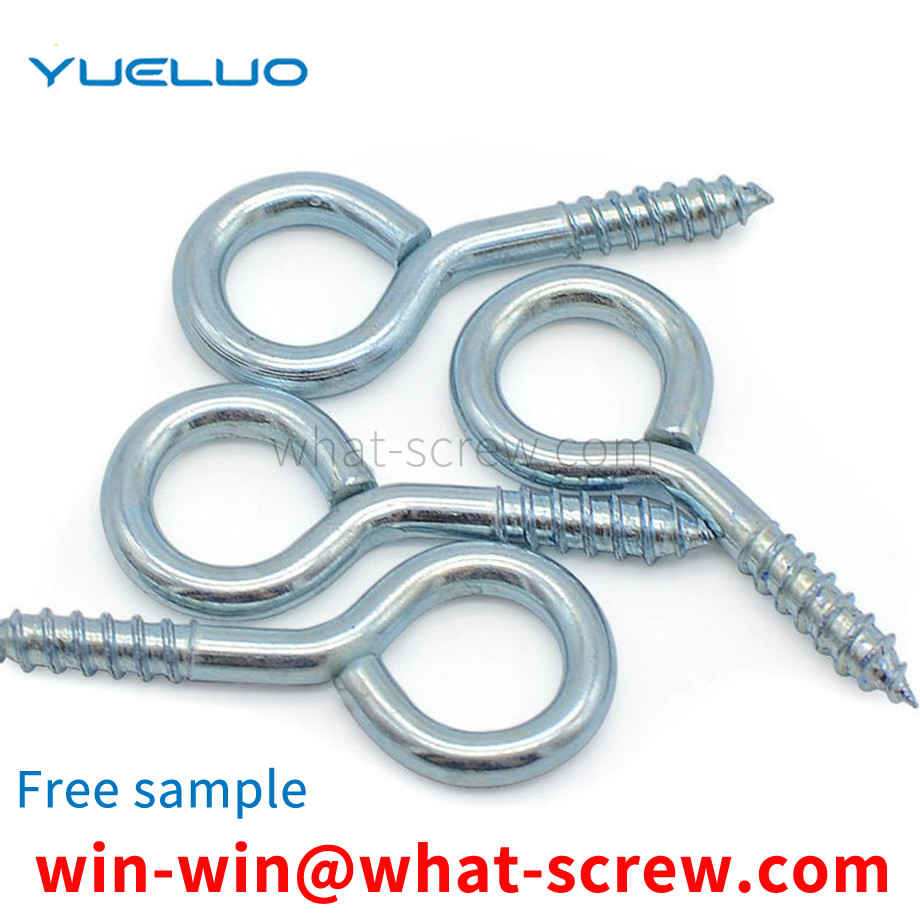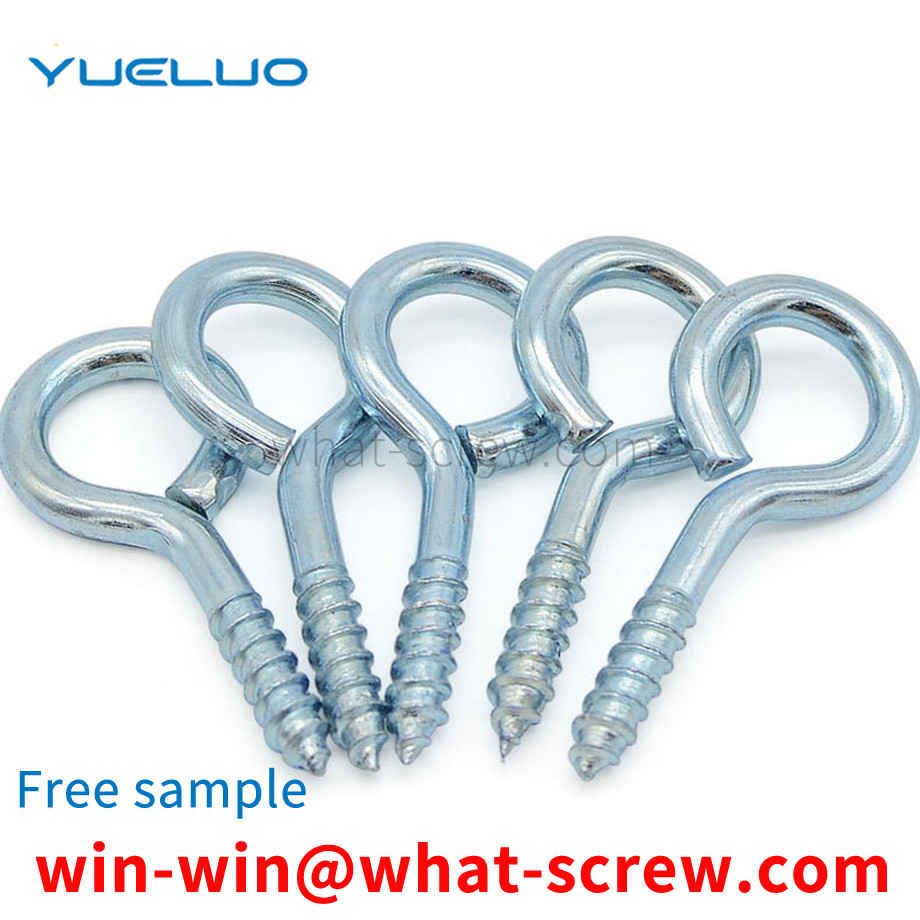At present, the commonly used fastener loosening prevention methods generally include non-removable anti-loosening solutions and friction-increasing anti-loosening solutions. The non-removable anti-loosening scheme uses welding, bonding or punch point riveting to change the detachable threaded connection into a non-detachable threaded connection. In the non-removable anti-loosening scheme, the threaded fasteners cannot be reused and the operation is troublesome. It is often used in some important occasions that require high anti-loosening performance without disassembly. The anti-loosening scheme that increases the frictional force uses the method of increasing the frictional force of the bolt (screw) head and the end face of the nut to achieve the purpose of anti-loosening. The anti-loosening solution that increases friction is not limited by space and can be disassembled repeatedly, but the reliability is poor. After a certain period of work, the anti-loosening effect will be reduced due to vibration and other reasons.
drilling and tapping screw, more specifically, refers to a drilling and tapping screw that can be closely connected to an object without clearance. Screws usually use a screw design to achieve the purpose of tightening, or adjusting distance, or moving or transmitting power. Among them, it is the most common for tightening, and the screws generally used for tightening also usually have The combined function of self-drilling, tapping and locking can achieve the purpose of its tight fit. Known drilling and tapping screws are such as
Materials and main equipment: 1.1 Bolts, nuts and washers shall be accompanied by quality certificates and shall comply with design requirements and national standards. 1.2 The high-strength bolts should be stored in categories according to their specifications, and should be protected from rain and moisture. Do not use if the bolts and nuts are not matched and the threads are damaged. If the bolts, nuts and washers are corroded, the tightening axial force should be sampled and used only after meeting the requirements. Bolts, etc. shall not be contaminated by soil or oil, and shall be kept clean and dry. It must be used in the same batch according to the batch number, and must not be mixed or mixed. 1.3 Main tools: electric torque wrench and controller, manual torque wrench, manual wrench, wire brush, tool bag, etc. 2 Operating conditions: 2.1 Friction surface treatment: The friction surface is treated by sandblasting, grinding wheel grinding and other methods, and the friction coefficient should meet the design requirements (a requirement is that the Q235 steel is above 0.45, and the 16 manganese steel is above 0.55). The friction surface wood is allowed to have residual iron oxide scale. The treated friction surface can generate red rust surface and then install the bolts (generally stored in the open air for about 10d). The sandblasted friction surface can be installed without rusting. When grinding with a grinding wheel, the grinding range is not less than 4 times the diameter of the bolt, the grinding direction is perpendicular to the direction of force, and the friction surface after grinding should be free of obvious unevenness. The friction surface should be prevented from being polluted by oil or paint. If polluted, it should be cleaned thoroughly. 2.2 Check the hole size of the bolt hole, the burrs on the edge of the hole must be removed. 2.3 The bolts, nuts and washers of the same batch number and specification should be packaged for use. 2.4 Electric wrenches and manual wrenches should be calibrated.
Such flat gaskets typically include passage openings for fluids through which fluid can flow from one side of the flat gasket to the other side of the flat gasket. In addition, functional elements may be inserted into such passage openings, eg valve elements blocking passage in one direction, or orifice elements defining passage in one or both directions.
The slotted nut needs to be fixed with a cotter pin through the slot of the slotted nut, and the cotter pin must pass through the middle of the screw to fix the slotted nut. Usually, both ends of the screw need to be drilled, the diameter of the hole and the size of the slotted nut. The width and depth of the slot determine the size of the cotter pin. When the selected screw, cotter pin and slotted nut are relatively matched, the nut is fixed by the screw, so that the slotted nut does not loosen. This hexagonal slotted nut has the characteristics of high strength and is not easy to loosen when subjected to vibration. It is mainly used in occasions with vibration and shock, such as front and rear axles of automobiles, lifting equipment, presses and die-casting machines.
We have many years of experience in the production and sales of screws, nuts, flat washers, etc. The main products are: fisheye screws, rough square head bolts, nickel-plated washers, GBT carriage machine bolts and other products, we can provide you with suitable tightening Firmware Solutions.



















 Service Hotline
Service Hotline




